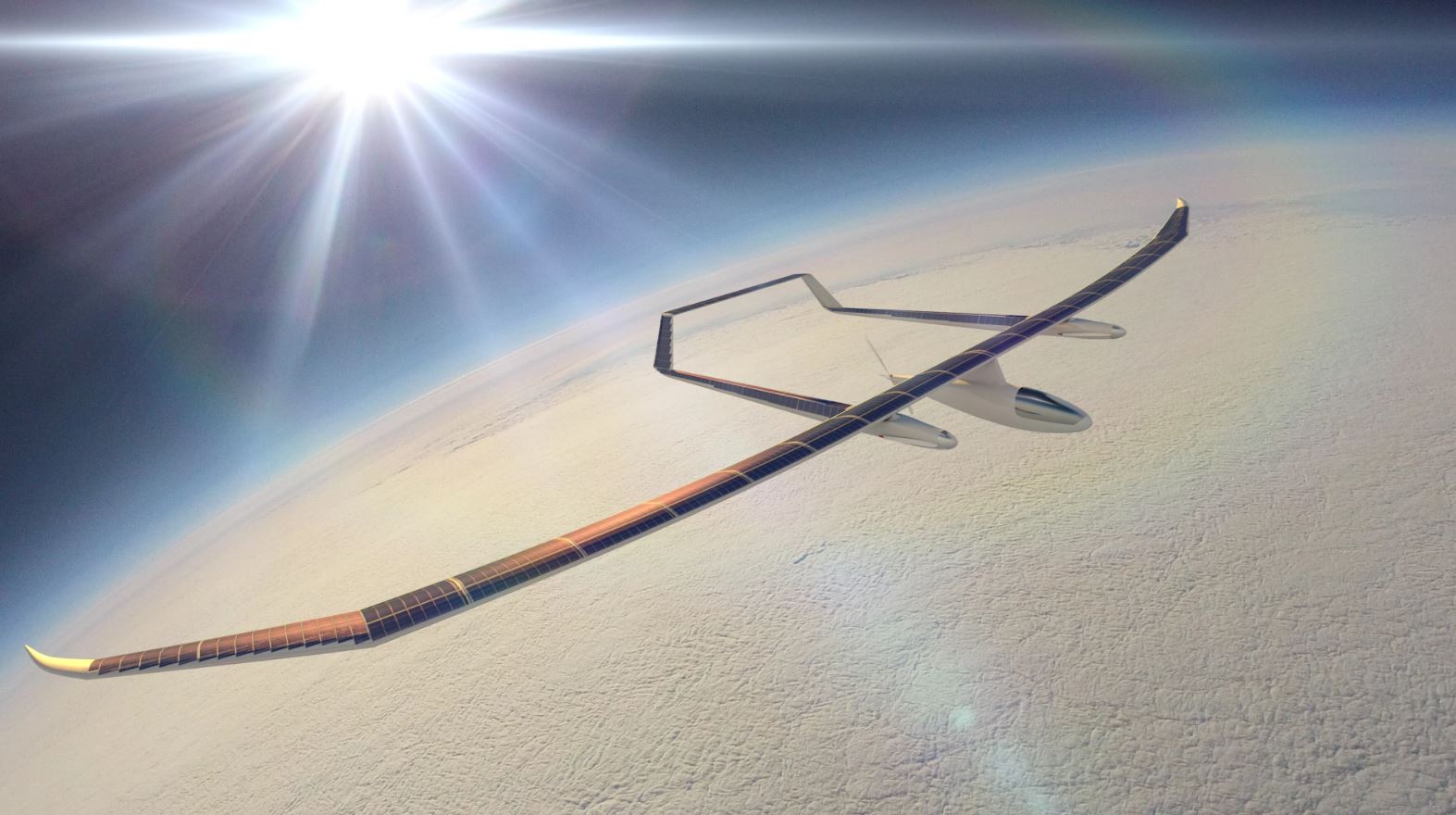 Imagine tiny aircraft, no bigger than a dime, taking off powered solely by a burst of sunlight. These micro flyers, without solar panels, propellers, or engines, hint at a fresh approach to exploring our atmosphere.
Imagine tiny aircraft, no bigger than a dime, taking off powered solely by a burst of sunlight. These micro flyers, without solar panels, propellers, or engines, hint at a fresh approach to exploring our atmosphere.
They’re built to study the mesosphere—a region 50 to 80 kilometres above Earth often dubbed the ‘ignorosphere’ because traditional aircraft and satellites can’t reach it. This hard-to-study layer could hold key insights into climate change, even though its lofty position poses a significant challenge.
Research published in Nature suggests that these lightweight devices might soon carry small instruments into the mesosphere, and perhaps even to Mars, relying purely on solar heat. Igor Bargatin from the University of Pennsylvania points out that if these flyers perform as hoped, swarms of them could gather high-resolution data on temperature, pressure, chemical makeup, and wind patterns over the next decade.
The idea isn’t entirely new. Its roots trace back to a 19th‑century toy—a pinwheel-like device with black and white vanes that spins in the sunlight due to differences in heat absorption. This phenomenon, called photophoresis, occurs when gas molecules warm unevenly, creating airflow that lifts the device. It’s a natural effect that’s even more pronounced at low pressures, making it ideal for high‑altitude environments.
Building on that principle, 2021 saw the development of more robust, ultralight flyers. These newer models use perforated aluminium oxide layers paired with a chromium‑coated base to absorb sunlight effectively, essentially turning each flyer into a mini rocket propelled by gas jets. Unlike earlier versions that depended on powerful artificial light, the latest prototypes operate in natural sunlight, which makes them realistic candidates for space exploration.
Modelling indicates that a larger iteration of these devices could carry a 10‑milligram payload in the mesosphere—enough to hold small sensors and communication tools. Powered entirely by solar energy, these micro flyers might stay aloft for extended periods, even using Earth’s infrared emissions to hover through the night. This opens up exciting opportunities for gathering data on both high‑altitude phenomena and Martian atmospheres. Ben Schafer from Harvard University shared that the performance on Mars would be strikingly similar, making them perfect for off‑world experiments.
Their lightweight build means they’re easy to ship via rocket, potentially offering a streamlined new way to collect data on Mars. If you’ve ever wrestled with the challenges of atmospheric measurement, this could be a breath of fresh air for researchers and explorers alike.








